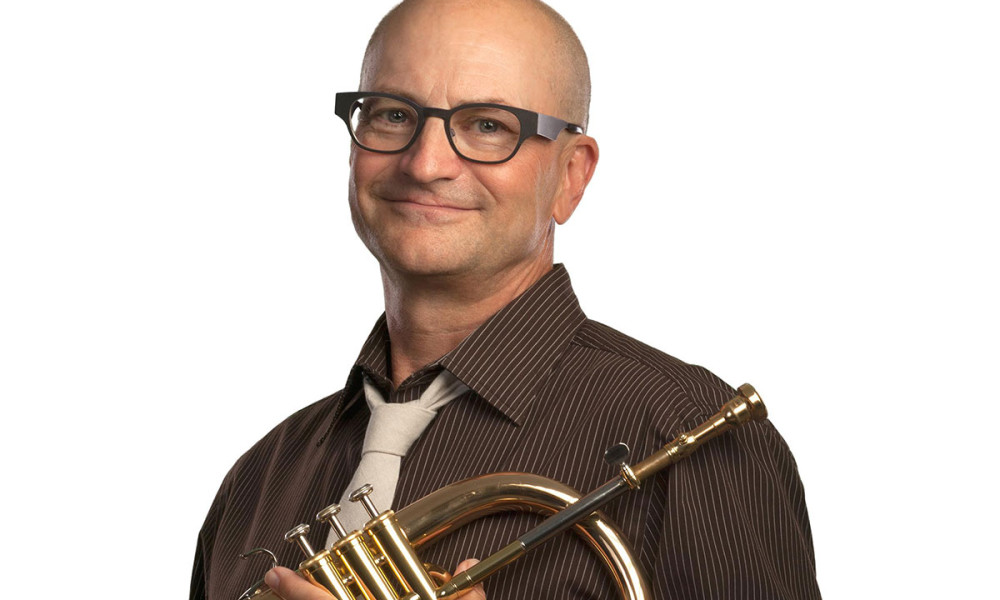I recently had the opportunity to travel to China and Japan to visit the factories where Yamaha manufacturers its musical instruments.
Handmade
Our first destination was Hangzhou, China, where we visited the Xiaoshan Yamaha Musical Instrument Co. factory. In this enormous facility, hundreds of workers build student- and intermediate-level instruments. (The primary reason for a Japanese company locating a factory in China is not economy of production but proximity to the burgeoning Chinese market.)
Threading our way through the labyrinthine brass, woodwind, and percussion manufacturing areas, I got my first taste of what would be a common impression in all the factories. Despite the ubiquity of automation, musical instruments—even student models—are still built mostly by hand. Only one robot existed in this factory. The machine is used for applying lacquer and modeled after the movements of a master craftsman. Virtually everything else—from soldering and buffing brass parts to cutting, assembling, and finishing multi-ply drum shells—is done by human beings. Approximately 20 pairs of hands are involved in the production of a single trumpet.
Work of Art
Next, we flew to Hamamatsu, Japan, birthplace and world headquarters of Yamaha and many other well-known Japanese companies. Here we visited the factories where pianos, percussion, strings, brass, and woodwind instruments are manufactured. It was impressive to watch a giant piece of flat brass spun over a mandrel into a timpani bowl, similar to the way that brass bells are formed. A machine then hammers every square inch of the bowl, turning it into a beautifully dimpled work of art.
Sound Quality
The process of matching marimba bars is particularly interesting: After the rosewood bars are cut, shaped, finished, and tuned by sanding various areas of the underside, workers with at least 10 years of training listen to each bar, separating them by sonic characteristics. They then build each marimba from bars that share similar qualities.
When it comes to building musical instruments, ears and hands remain a crucial part of the equation.


